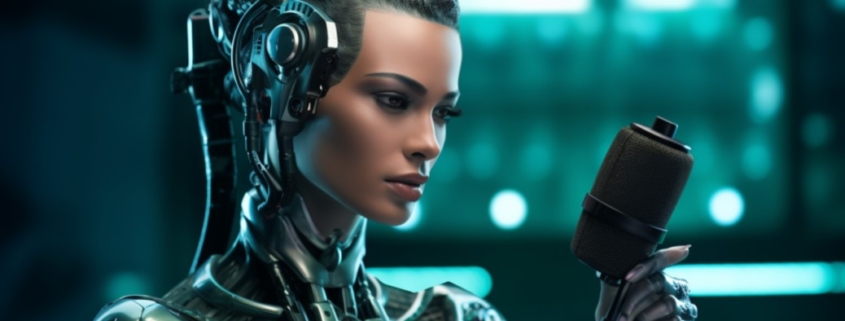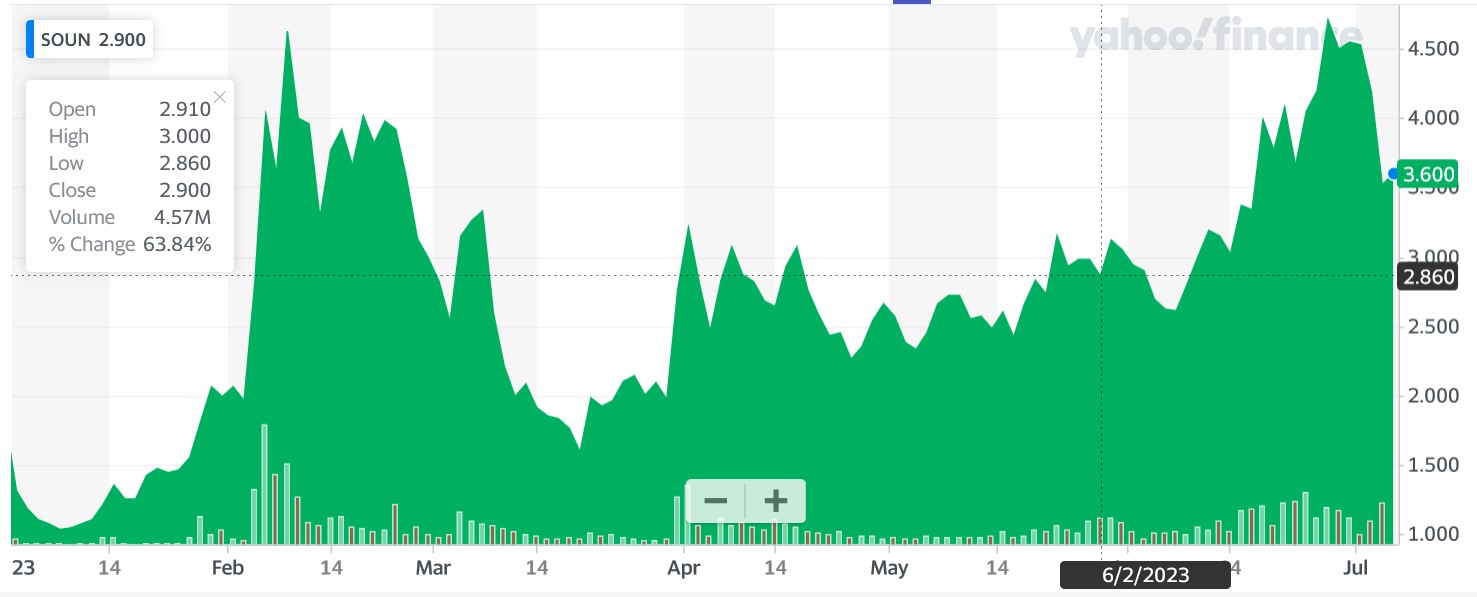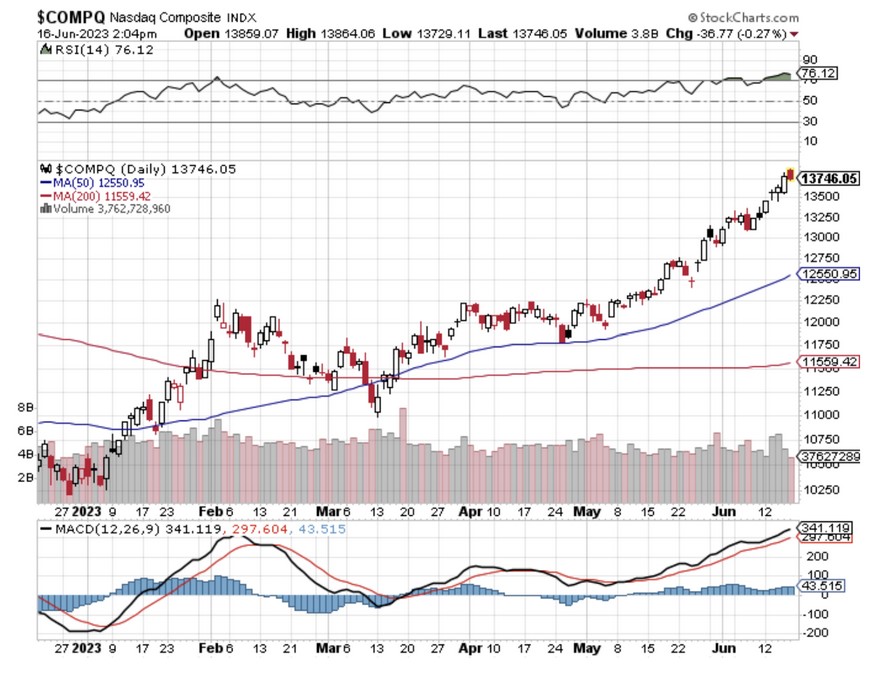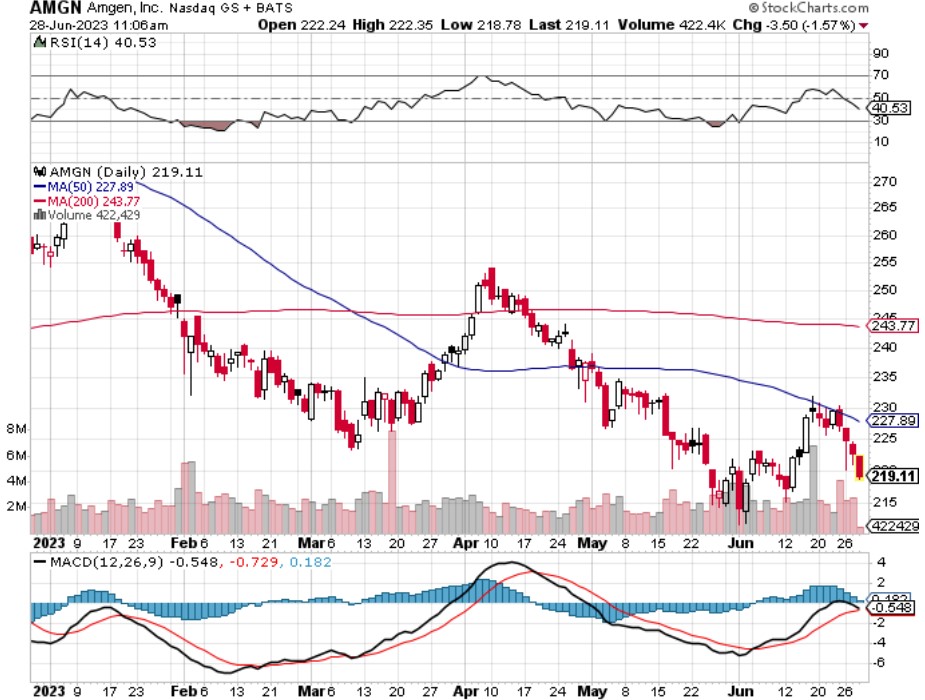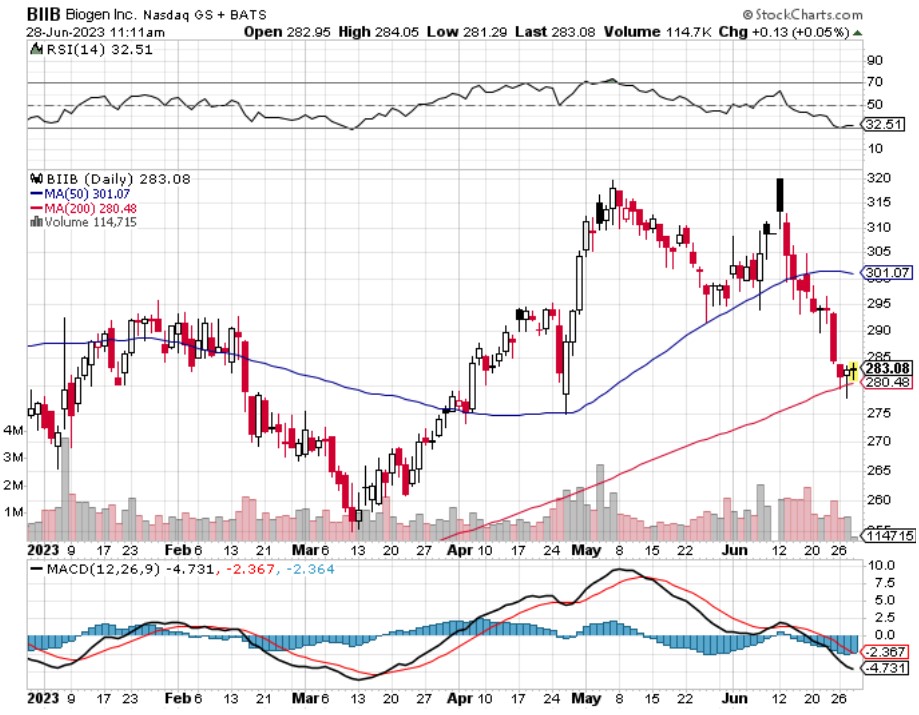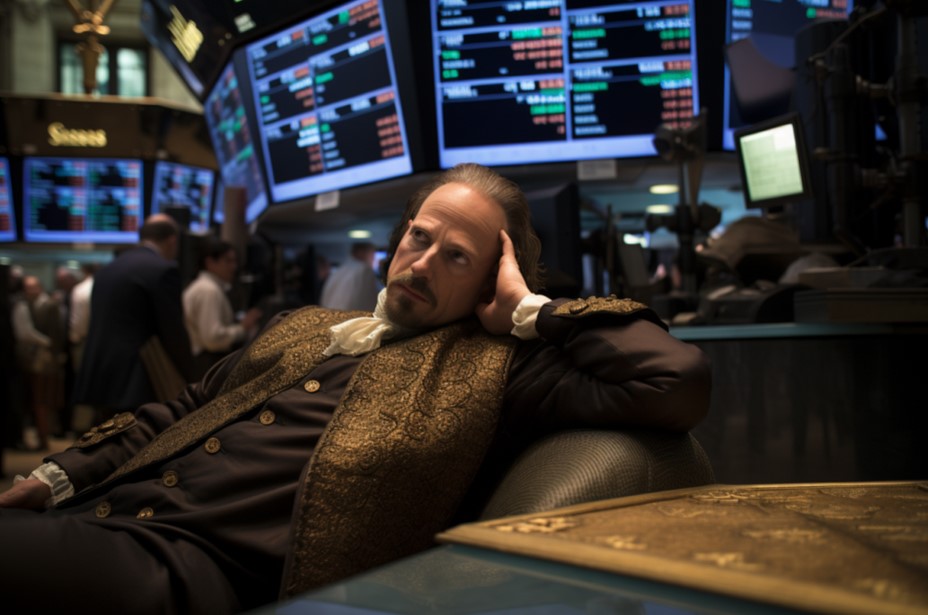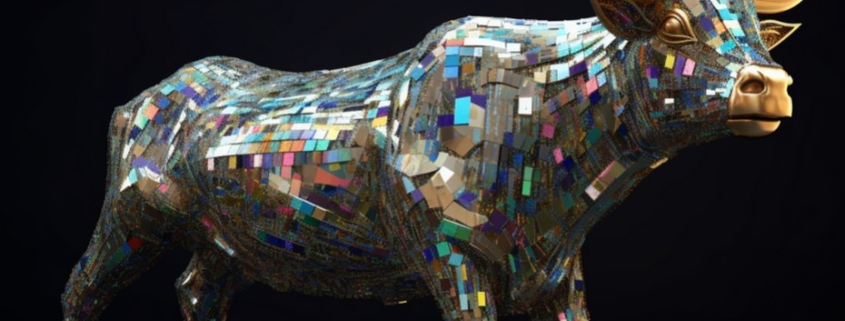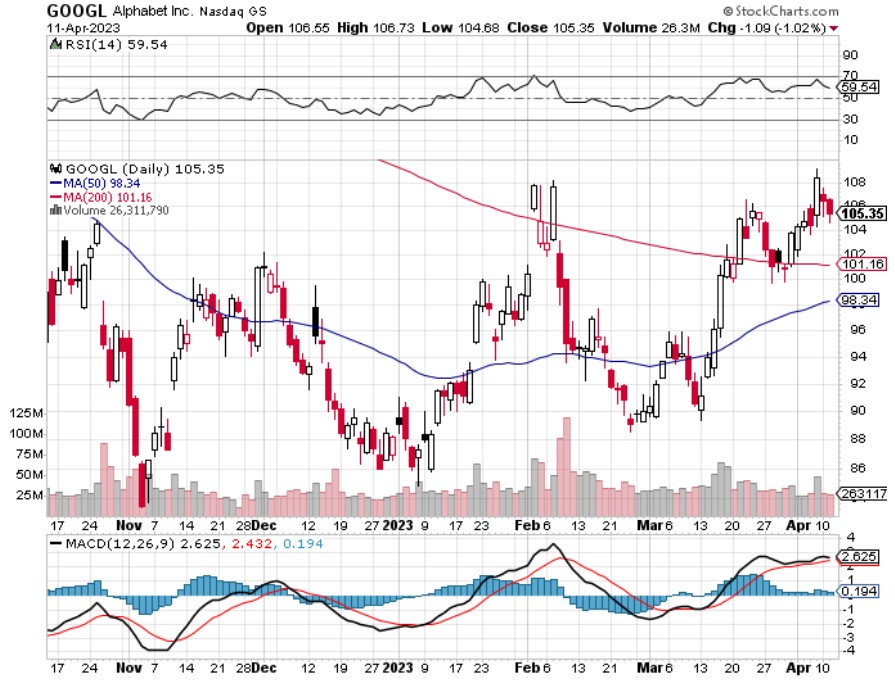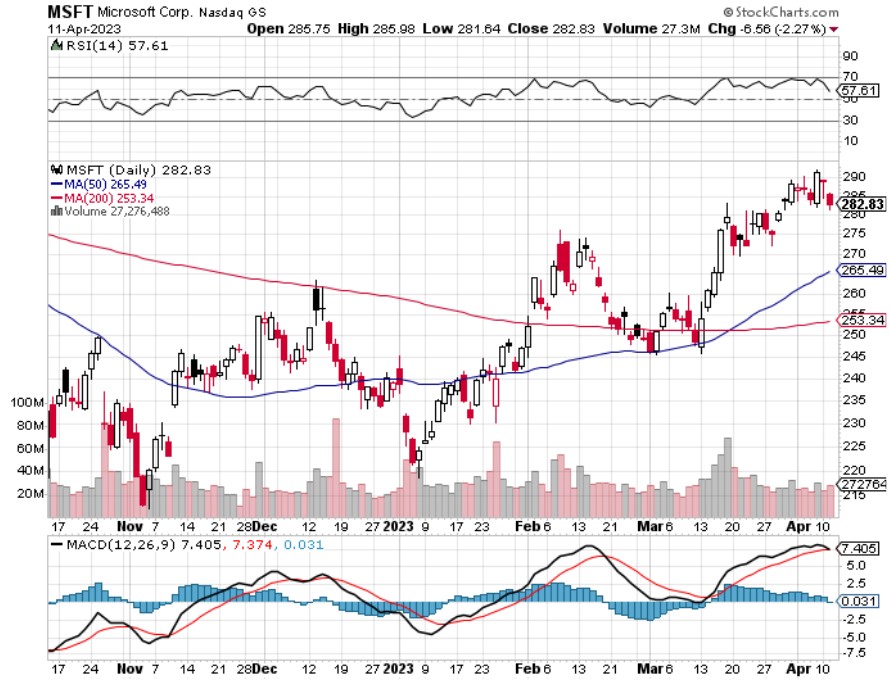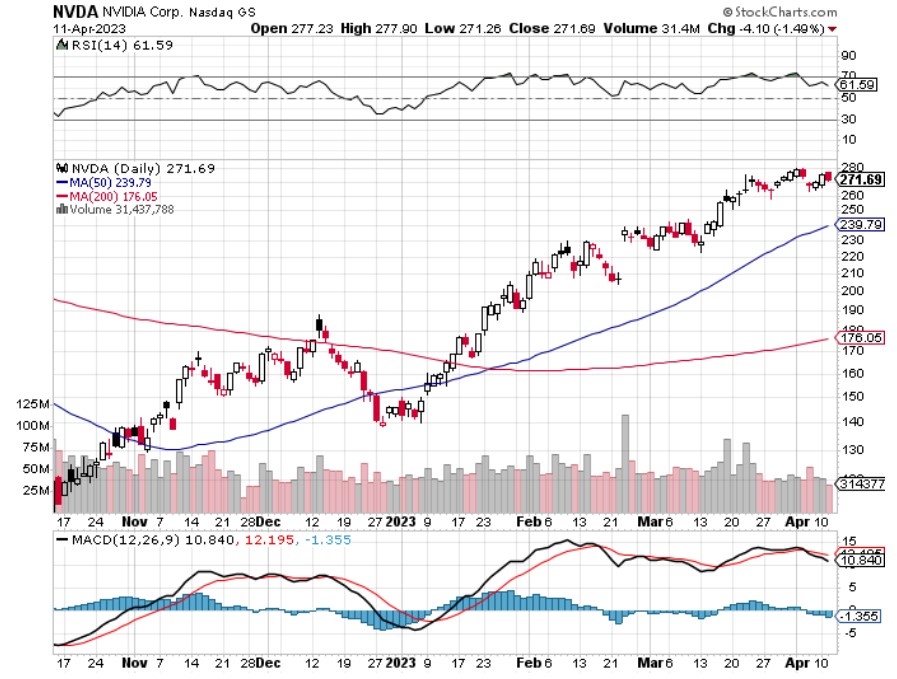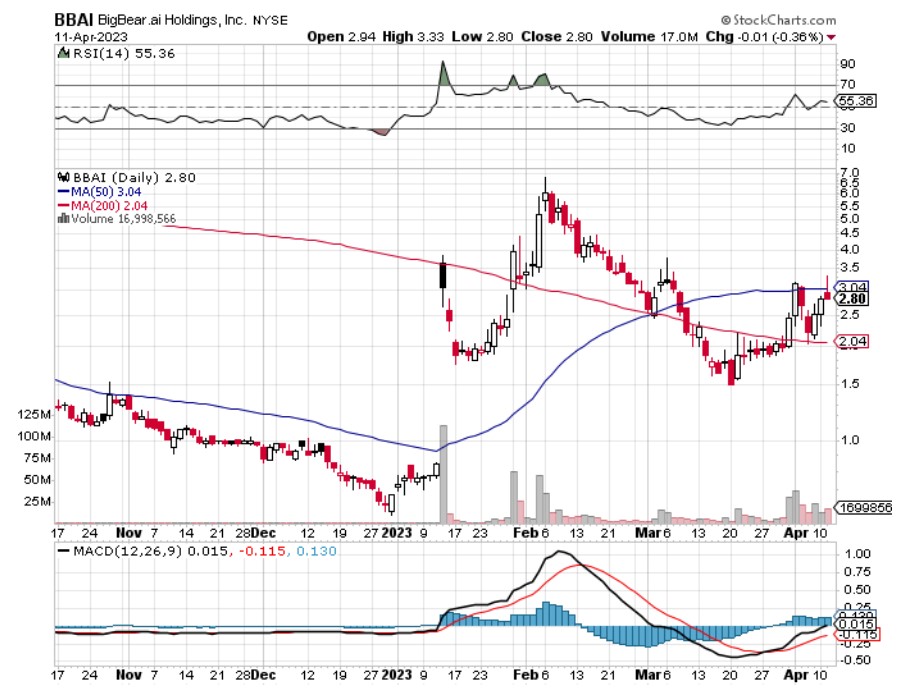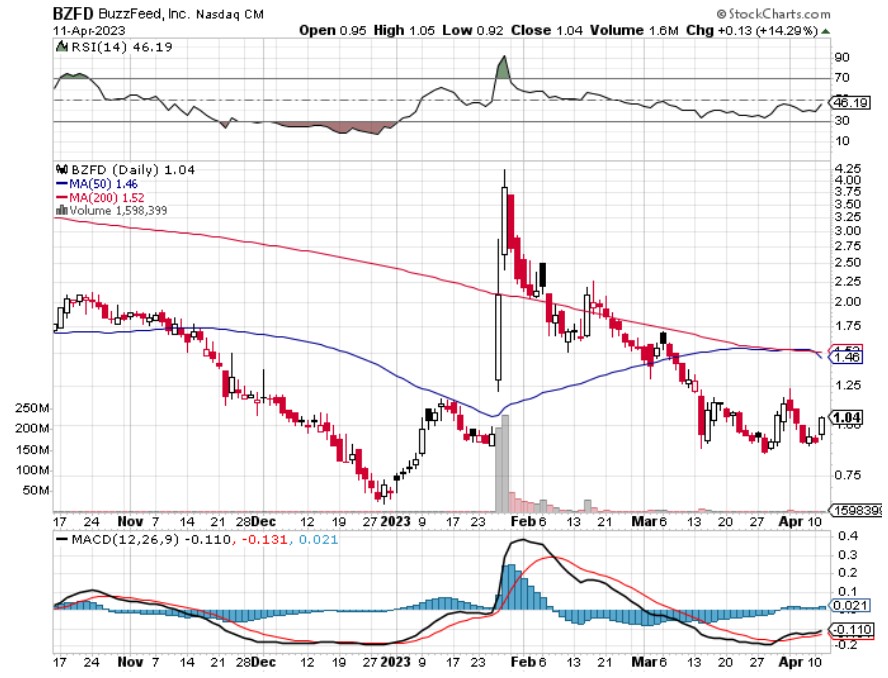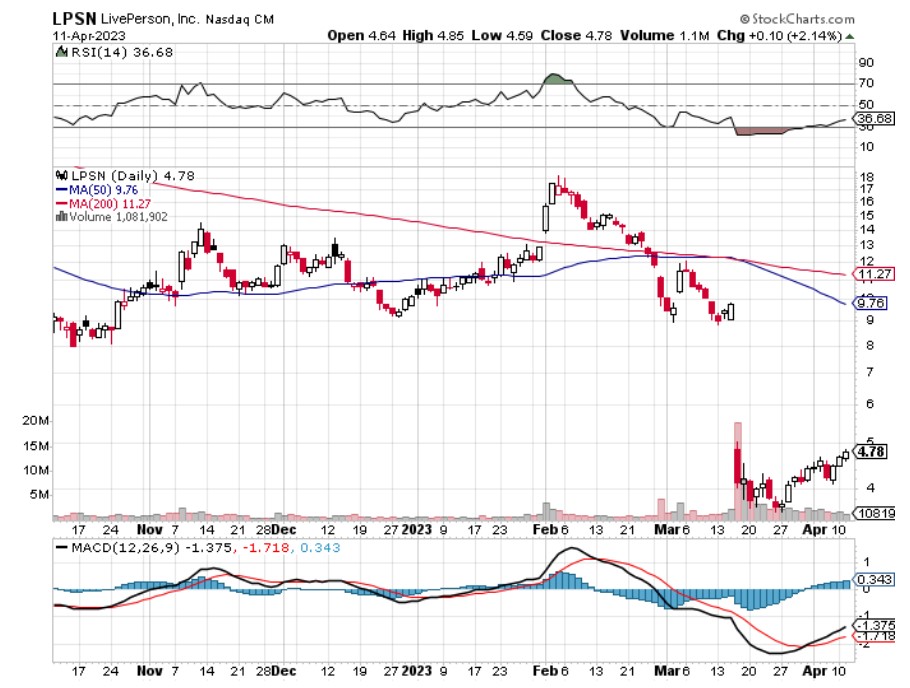Artificial Intelligence (AI) has made significant strides in the field of voice cloning, revolutionizing text-to-podcast services as well as advertising content. This cutting-edge technology allows for the creation of synthetic voices that closely mimic human speech, offering podcast creators and content producers an array of benefits. This article explores how AI is being utilized to clone voices for text-to-podcast services, highlighting the advancements and implications of this transformative technology.
Voice cloning involves the creation of artificial voices that replicate the speech patterns, tone, and nuances of a specific individual. Traditionally, this process was time-consuming and required extensive recording sessions and meticulous editing. However, with the advent of AI, voice cloning has become more efficient and realistic.
AI algorithms, particularly those based on deep learning and neural networks, play a pivotal role in voice cloning. These algorithms analyze vast amounts of training data, including recordings and corresponding transcriptions of the target voice. Through the use of neural networks, AI models learn the intricacies of the voice and generate synthetic speech that closely resembles the original speaker.
One of the significant advantages of AI-driven voice cloning for text-to-podcast services is the ability to personalize the content. Podcast creators can now use their own voices for narration, adding a human touch and enhancing authenticity. This personalization strengthens the connection between the host and the audience, resulting in a more engaging listening experience.
Voice cloning technology also promotes accessibility and inclusivity in the podcasting sphere. Individuals with speech impairments or vocal limitations can utilize voice cloning to express themselves and participate in audio content creation. This breakthrough opens up opportunities for diverse voices and perspectives to be heard, contributing to a more inclusive podcasting landscape.
AI-powered voice cloning significantly reduces the time and resources required for podcast production. Traditionally, creating a podcast involved coordinating multiple individuals, such as voice actors, sound engineers, and editors. With voice cloning, podcast creators can streamline the process by eliminating the need for extensive recording sessions and post-production editing. This efficiency allows for faster turnaround times and increased productivity.
AI-driven voice cloning transcends language barriers and enables the localization of podcasts for a global audience. By offering voice cloning in multiple languages, podcast creators can cater to diverse listeners around the world. This feature is particularly valuable for businesses, educational institutions, and content producers aiming to expand their reach and engage with international audiences.
The emergence of voice cloning technology also raises ethical considerations. Privacy concerns and the potential misuse of synthetic voices are important issues to address. It is essential to ensure the responsible use of voice cloning technology and obtain appropriate consent when using cloned voices. Transparent communication about the implementation of voice cloning can help maintain ethical standards and protect individuals' rights.
AI-driven voice cloning has brought a paradigm shift to the world of text-to-speech and podcast-like services. With Voice.ai leading the way, as well as other companies like SoundHound AI, Inc. (SOUN), content creators and podcasters now have access to a powerful tool that enables them to clone their voices with remarkable accuracy and efficiency. The platform's user-friendly interface, enhanced personalization, and streamlined process contribute to a more engaging and accessible podcasting experience. While voice cloning technology presents ethical challenges, responsible use, and clear communication can mitigate potential risks. As AI continues to advance, we can expect further refinements in voice cloning technology, opening up new possibilities for content creation and human-machine interactions.


